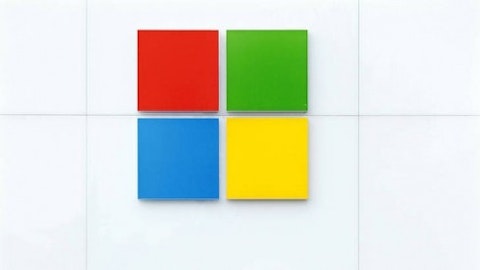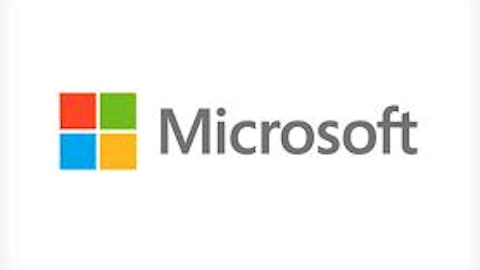Sometimes, it’s good to be smaller than your competition because you can grow at a faster pace and impress investors. This leads to the rise in the price of your stock. This isn’t always the case, of course. You can be smaller than your competition, show moderate dynamics and trade at a valuation that is twice as high than your competitors. Ultimately, investors would notice that.
The war on all fronts
Red Hat Inc (NYSE:RHT) competes with the likes of Microsoft Corporation (NASDAQ:MSFT), Oracle Corporation (NASDAQ:ORCL) and International Business Machines Corp. (NYSE:IBM), providing an operating system, middleware, virtualization and cloud solutions. On the operating system front, Red Hat Enterprise Linux competes with Microsoft’s Windows Server, Oracle Corporation (NASDAQ:ORCL)’s Solaris and IBM’s z/OS. Microsoft’s share depends more on the overall Windows vs Unix battle than on the competition with individual Unix-like systems. Windows and Unix are so different from each other that it is very hard for a company to go from Windows to Unix and vice versa. The situation in the operating system world is more or less stable, and Red Hat Inc (NYSE:RHT) does not expect big momentum coming from this area.
Middleware is a fancy word that describes computer software that provides a medium between applications and operating system. Red Hat Inc (NYSE:RHT)’s JBoss middleware competes with Microsoft Enterprise, Oracle Fusion and International Business Machines Corp. (NYSE:IBM) Middleware services. IBM is the market leader here with a 30.9% market share. Oracle holds the second position, while Microsoft is third. In its latest earnings call, Red Hat Inc (NYSE:RHT) expressed optimism about the possible growth in its middleware segment. However, it will be difficult for the company to achieve it because customer transition is a difficult process.
In the virtualization world, the king is VMware, Inc. (NYSE:VMW) with a 65% market share. Microsoft Corporation (NASDAQ:MSFT) holds 27% of this market. It would be hard for Red Hat to fight for growth on this established front with its Red Hat Inc (NYSE:RHT) Enterprise Virtualization. The competition is tough in the cloud too. The biggest battle seems to be developing between Amazon.com, Inc. (NASDAQ:AMZN) Web Services and Microsoft Corporation (NASDAQ:MSFT)’s Windows Azure Infrastructure Services.
Just more expensive
What can you buy for your money? Red Hat trades at a 29.68 forward price-to-earnings ratio. Microsoft trades at an 11.53 forward price-to-earnings ratio, Oracle trades at an 11.67 forward price-to-earnings ratio, and International Business Machines Corp. (NYSE:IBM) trades at an 11.33 forward price-to-earnings ratio. You can see that the giants are roughly equally valued by the market while Red Hat Inc (NYSE:RHT) is more expensive. Analysts estimate 15% sales growth this year, which in my eyes does not justify such valuation.




